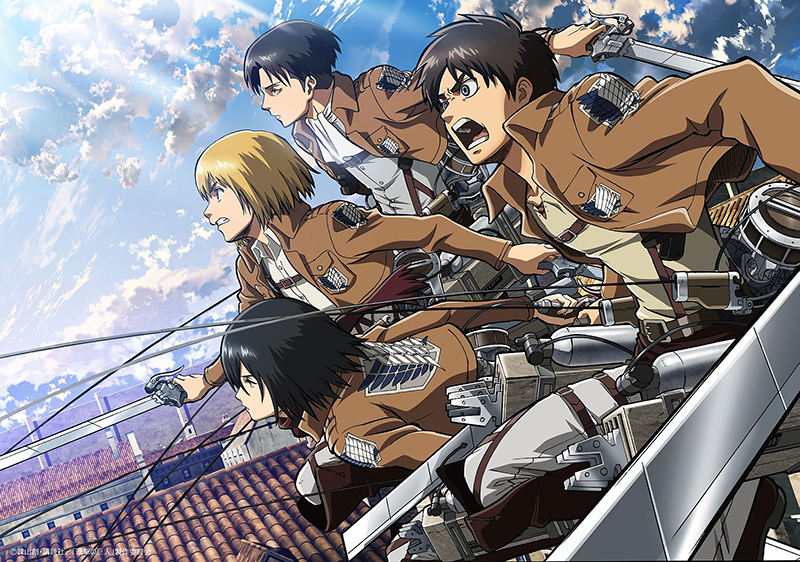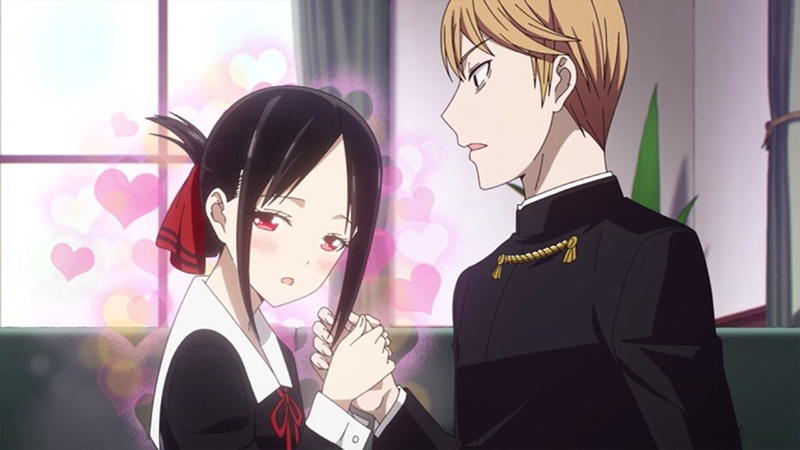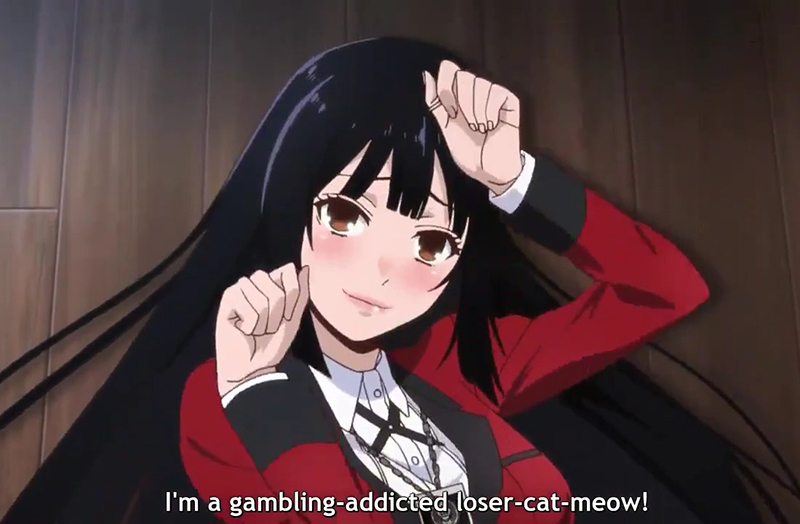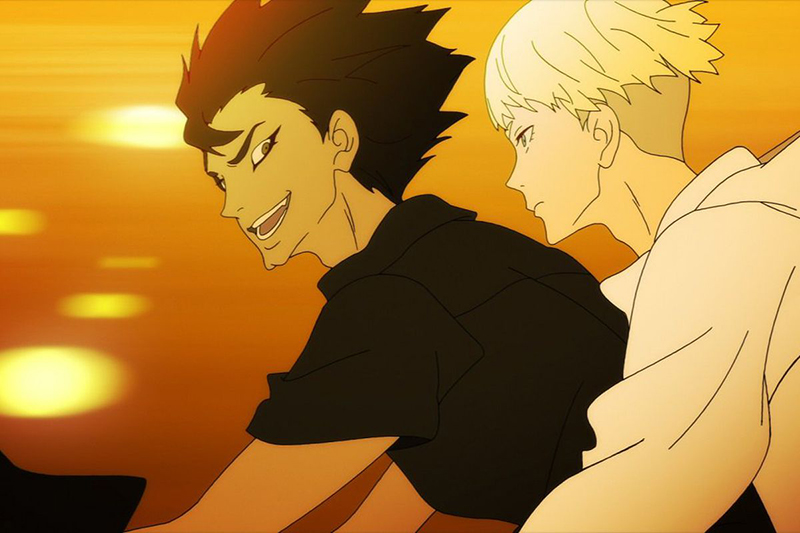FirstPerson Shooter’s Top Overrated Anime of the 2010s
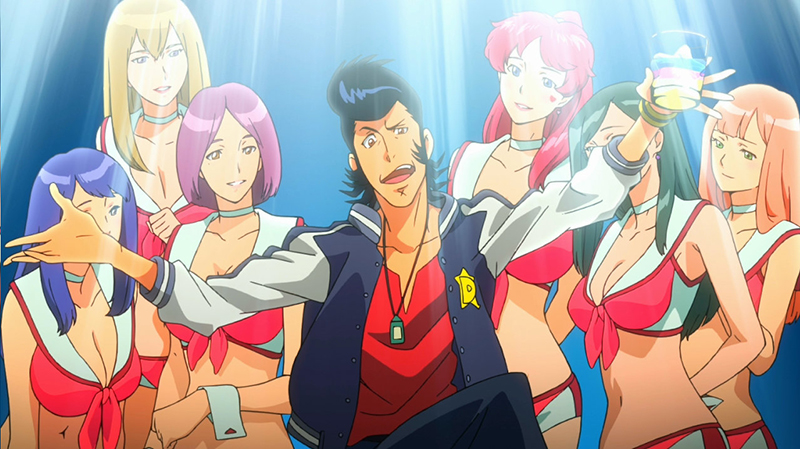
Our first End-of-the-Decade roundup article is the one I found the easiest to write — some people seem to have really oddly positive opinions about pretty lousy anime. And to be absolutely clear, any and all of these articles are the opinions of the author, and not intended to be any kind of definitive statement of fact. Not that I will stave off rants by people who seem to think my opinion about something they love is a personal attack, but, hey, I have to try.
Warning, spoilers ahead for these shows, in case you haven’t seen them. If so, save yourself the trouble.
Attack on Titan (2013)
The action in Attack on Titan is some of the most exhilarating sakuga animation made … when it happens. The world building is incredibly deep and complex … as long as you don’t try to think about it making sense. Attack on Titan wouldn’t be on this list if the world made any sense at all or the pacing and structure wasn’t so slipshod, entirely because of the amazing action sequences.
The problem is, the pacing is so terrible you’ll want to throw a 3D Maneuver Gear pack at your screen before you get to those sequences. In the first season, it takes two-plus episodes for a character to make the minutes-long decision to fire or not fire a cannon at protagonist Eren Yeager, when it is first revealed he can become a Titan. You can’t carry tension like that over more than one episode, unless you only introduce it at the end of the previous episode as a sudden cliiffhanger. Making your audience wait more than two episodes to see if some indecisive old fart of a commander yells “fire!” is really bad story structure.
The fact that Attack on Titan sets up the truly intriguing mystery of “what’s in the cellar at Eren’s house” right from the beginning and then ignores it for two seasons (which includes a gap of four damn years between season 1 and 2) nails the problem of poor structure right to Wall Maria.
Kaguya-sama: Love is War (2019)
Here’s a handy tip on how to ruin a comedy: Have an omniscient narrator explain why your comedic situations are supposed to be funny. Kaguya-sama: Love is War takes an otherwise enjoyable romantic comedy series and strips almost all of the comedy out through the use of constant outside narration. That leaves the romance, which is still pretty entertaining, but not enough to justify the praise heaped upon this show.
The only consistently funny running bit is Ishigami’s constant fear of Kaguya, and that is basically a series of reaction gags. The one truly funny sequence is when Chika tries to teach Shirogane how to play volleyball. Not surprisingly, the narration is almost absent in that episode.
Giving us the joy that is the infectious beat and overwhelming cuteness of the Chika Dance almost makes up for Kaguya-sama: Love is War being mostly a romantic comedy without the comedy. But that is just a single replacement end credit sequence for one episode, and with YouTube clips, you don’t even need the series to enjoy it.
Space Dandy (2014)
Shinichiro Watanabe can do almost no wrong — almost. While Kids on The Slope, Samurai Champloo and of course Cowboy Bebop are some of the best anime shows ever made, even the best creator can have an off day. Not that Watanabe-san can be completely blamed for the failings of Space Dandy. Unlike the shows mentioned above, on Space Dandy he is listed as “chief director” and Shingo Natsume is listed as the director of the series.
What are those failings? Space Dandy commits the unforgivable sin of being a comedy that is almost never funny. In fact, it works best in those episodes that are most like Cowboy Bebop in their sense of action and/or melancholy, such as Ep. 5, “A Merry Companion Is a Wagon in Space, Baby” and the wildly different Ep. 21 “A World with No Sadness, Baby.”
Put it this way — everyone who knows me knows a science fiction space opera with much of the story taking place in a restaurant called BooBies in which babes wear hot pants with heart-shaped cutouts in the back that reveal butt cleavage seems like someone wrote it just for me. Space Dandy is all that and, sadly, still boring and unfunny.
Kakegurui (2017)
Kakegurui is torture porn disguised as a gambling anime. And it’s not even a gambling anime, really. The main character, Yumeko Jabami, knows that all of her opponents in any episode’s game are cheating, and knows how they are cheating, so there is no risk that she could actually lose. Geoff Thew lays this all out in depth in his critique of Kakegurui on his YouTube channel My Mother’s Basement.
Then there’s Yumeko’s ahegao orgasm moments that she says is related to her taking huge risks. But we know she isn’t risking anything. She accepts the most violent torture conditions if she loses, knowing all the time she won’t lose. So her orgasms upon winning must come from the idea that she has just made someone commit to torture like tearing off fingernails or poking out eyeballs. She is a sadist, not a gambling addict.
She isn’t the only sadist of course. Mary absolutely is, and pretty much every other student is as well.
At its core, Kakegurui‘s premise of a school where social status is entirely determined by games of alleged chance that can result in torture and death is beyond the ability to suspend disbelief. It might work if it was set in some dystopian future or in an isekai setting, but not in otherwise normal modern Japan.
DEVILMAN Crybaby (2018)
This show started out with so much promise. The look of it comes straight from director Masaaki Yuasa, whose singular style is best on display in The Tatami Galaxy and Ping Pong: The Animation — both of which he created almost entirely, serving in every major role. The characters in DEVILMAN Crybaby were interesting, the concept intriguing and Wamu’s gang of freestylin’ young bums are wonderfully entertaining. And then it all falls off a cliff, starting with Ryo’s speech in which he essentially turns the entire world into Mad Max on steroids. Sure, he’s Satan and all, but seriously, if it was that easy wouldn’t Satan have done that long ago?
Then we get the real leap off the cliff, one of the worst “Women in Refrigerators” moments in a genre that seems to relish them … the death by dismemberment of Mika. After all the sympathetic buildup of her character she is revealed to be nothing more than a tool to drive the male protagonist Akira to the next level of his story. And make no mistake, somewhere in the back of my head is a rant about how anime seems to not be content with the “Women in Refrigerators” trope and has evolved (devolved?) it into “Women in Chunks.”
The story makes even less sense from that point on, and the animation seems to match. Whereas in the first nine episodes the design of the devils and devilmen are interesting and creative, by the last few episodes they are basically Pokemon, or characters from Monsters Inc. Bad endings happen in good anime all the time (I’m looking at you, ERASED) but this is so bad as to make the whole series awful.
Once again, this is all my opinion, and based on how much these shows wallow in praise, I’m sure most of you disagree. Please tell me how I am wrong — politely, or be banned — in the comments. In the meantime, try to calm down by watching the Chika Dance, embedded below.

